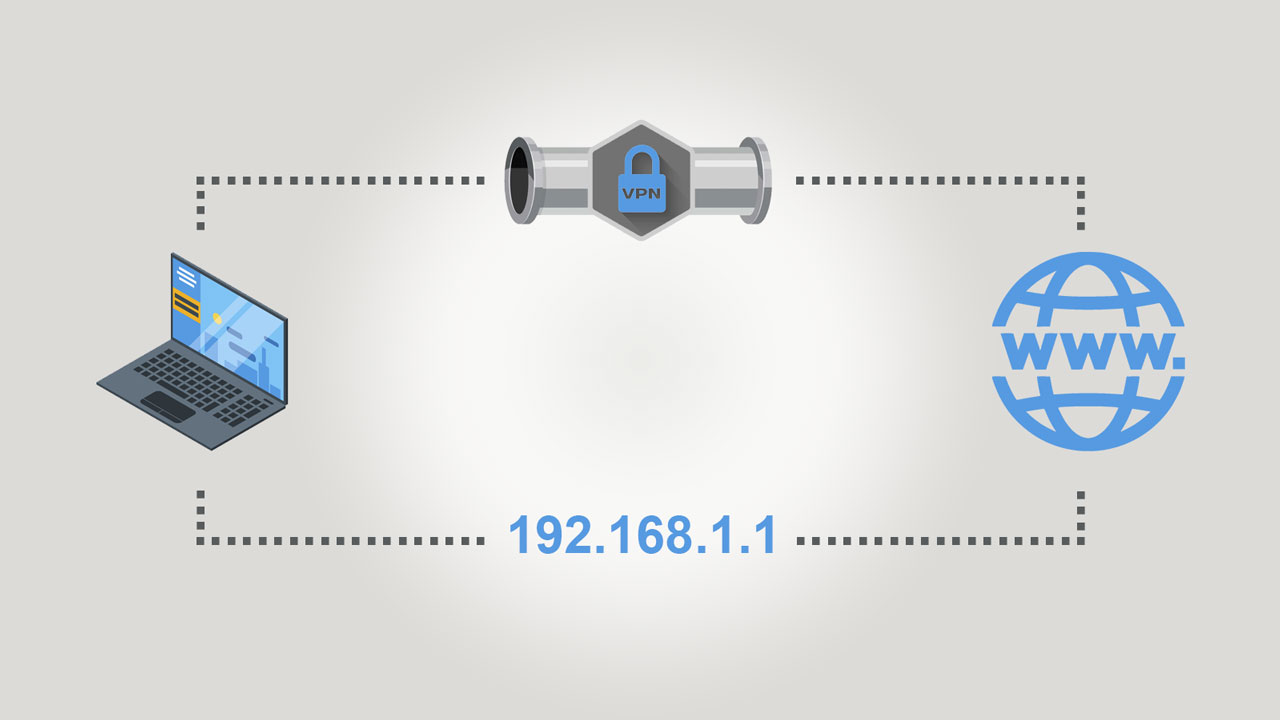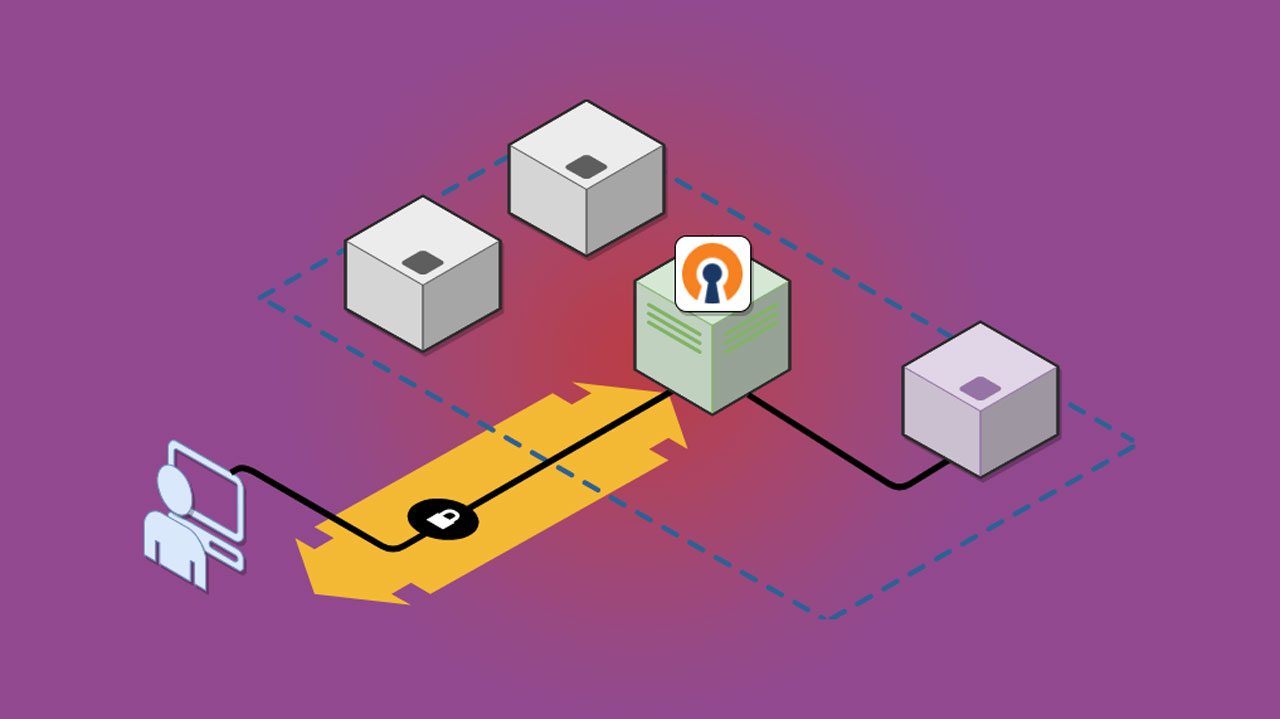VPNs, also known as Virtual Private Networks, secure data by routing all your traffic through an encrypted tunnel. This can often lead to congestion and overload on the HQ server, causing slow speed and poor connections. But an advanced feature lets you route selected traffic through the encrypted tunnel and allow others to flow over the open network to reduce pressure on the server and promote enhanced performance and an overall user experience.
Some VPN apps offer you the split tunneling feature to help you choose which website, app, or device you’ll want to use the internet directly and which one you think deserves being encrypted via a VPN tunnel. With this, you’ll enjoy the goodness of both worlds: the security of your sensitive network resources and free access to the open network. — offering you lots of benefits on the go!
What is VPN Split Tunneling?
We can define VPN Split tunneling as a VPN feature that allows you to route some of your device traffic or application through an encrypted VPN tunnel. In contrast, the other traffic can be transmitted via the direct internet pathway.
You’ll need this either as a private individual or business owner who wants to enjoy services that perform best when your location is visible and, at the same time, enjoy services that require secure access to sensitive business data.
How Does VPN Split Tunneling Work?
The Split tunneling feature works as a unique setting in specific VPN software, which can be activated to cure some data, among others. The software decides based on the instructions you have given to adhere to.

The instructions you have given may either refer to the application you are using or the website or IP address you are accessing.
Your choice of traffic travels to the VPN server through the VPN encrypted tunnel, and the public internet receives your request with your Internet Protocol (IP) address hidden. Websites that need your actual IP address will therefore function normally.
VPN Split Tunnel Types
VPN services split your web traffic in three significant ways.
First, the IP address split tunneling. This type isn’t quite common, and it allows a user to access online resources with or without a VPN leveraging your preferred IP addresses.
There are two ways to determine which application or website will be routed via tunneling. One is through a split-exclude tunnel that transmits everything through the tunnel except the chosen traffic.
The other is through a split-include tunnel that transmits only specific traffic through the VPN. A procedure is also known as inverse split tunneling.
Second, app-based split tunneling. This allows you to decide your preferred apps to connect via VPN service and which others will use the direct internet connection. VPN users often configure this feature utilizing active software on their devices.
The third is URL-based split tunneling which allows VPN users to choose the apps they regard as sensitive and should go through VPN and which one needs a direct connection to the internet. You’ll often locate this feature on the VPN browser extension.
Split Tunneling in NordLayer: How Does it Work?
The VPN split tunneling in NordLayer is usually activated by default. Before the splitting, your traffic travels through a Virtual Private Gateway to offer you the benefits of both sides. All the traffic does not have to be routed via the VPN service, especially when they are not at risk of attacks.
Deciding what to encrypt will prevent the HQ/Branch from unnecessary overload, encrypting endpoints effectively. Additionally, the security has little effect on performance as NordLayer VPN servers possess up to 1Gbps output.
Here are Reasons to Consider VPN Split Tunneling
1. All Endpoint Traffic is Encrypted
Security is one of the core reasons VPN users consider VPNs. And the Splitting tunneling feature ensures you achieve this at its very best. You’ll be able to enjoy fast and more efficient connections with all endpoint traffic secured is a huge plus.
2. Reduce Bandwidth Consumption
If you have a mobile plan that operates on a fixed plan, your limits will likely be consumed fast due to VPN usage. Your data consumption will rise to 20% when you don’t use a VPN.
But the split tunneling option allows you to choose which application should route the VPN tunnel to help you avoid consuming more data than necessary.
3. You Don’t Get Caught Up On VPN Data Limits
Most free VPNs offer limited VPN Data access each month while you’ll need to migrate to the paid plan to enjoy unlimited data usage. However, some platforms allow you to save more data even as a free user with the split tunneling feature.
4. You Can Connect to Your Local Area Network
You’ll not have access to a Local Area Network with a VPN connection. But with split tunneling available on your VPN, you’ll have access to printers, scanners, and other local resources without compromising your network security.
And even if the VPN you are using now doesn’t support local devices, using split tunneling is a viable solution.
5. Access Websites with VPN-Restrictions
There are quite several online platforms that prevent access by VPN users. Some websites on the list include Ticketmaster, Spotify, Steam, and Wikipedia. But while some offer some levels of restrictions to users, others block all forms of known VPN traffic from accessing.
Split tunneling users can now permanently secure their online connections while routing applications that do not work appropriately with VPNs.
6. Reduced Overload on Corporate Network
Remote workers can now use the VPN advanced splitting feature to choose which application, web resources, or services they intend to use through the company’s secure network and which others to access directly on the internet. This reduces the load on the company network and improves efficiency.
When Should You Use VPN Split Tunneling?
It’s time to use a VPN Split tunneling if you’re bothered about data security or being tracked by your ISP or government. Also, you’ll need to consider this feature if you use apps that do not work nicely on a VPN or if you need to access multiple contents from different regions. However, there are countless reasons to hop on the VPN feature immediately!
